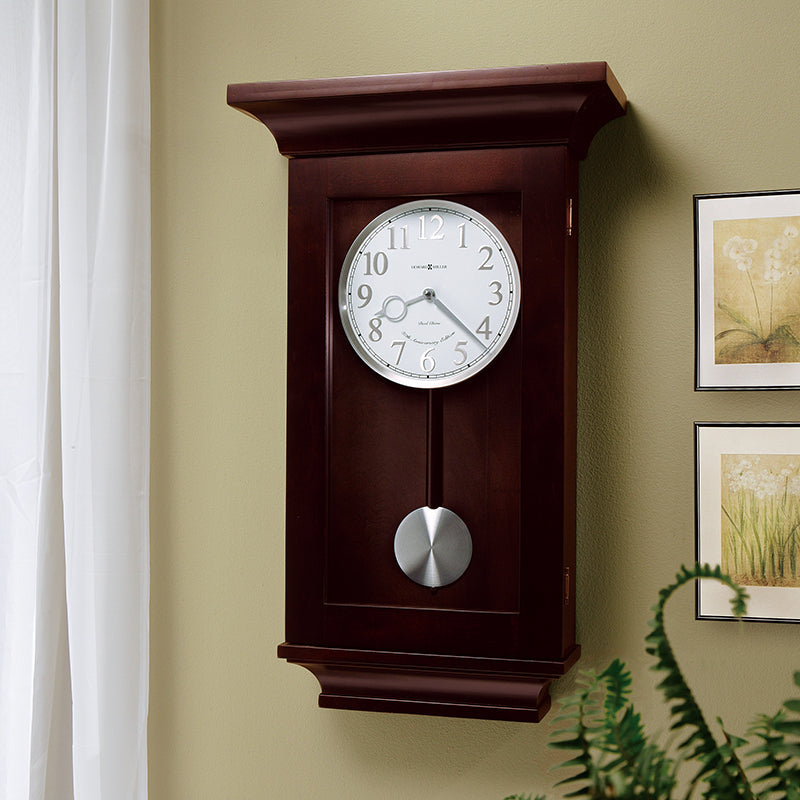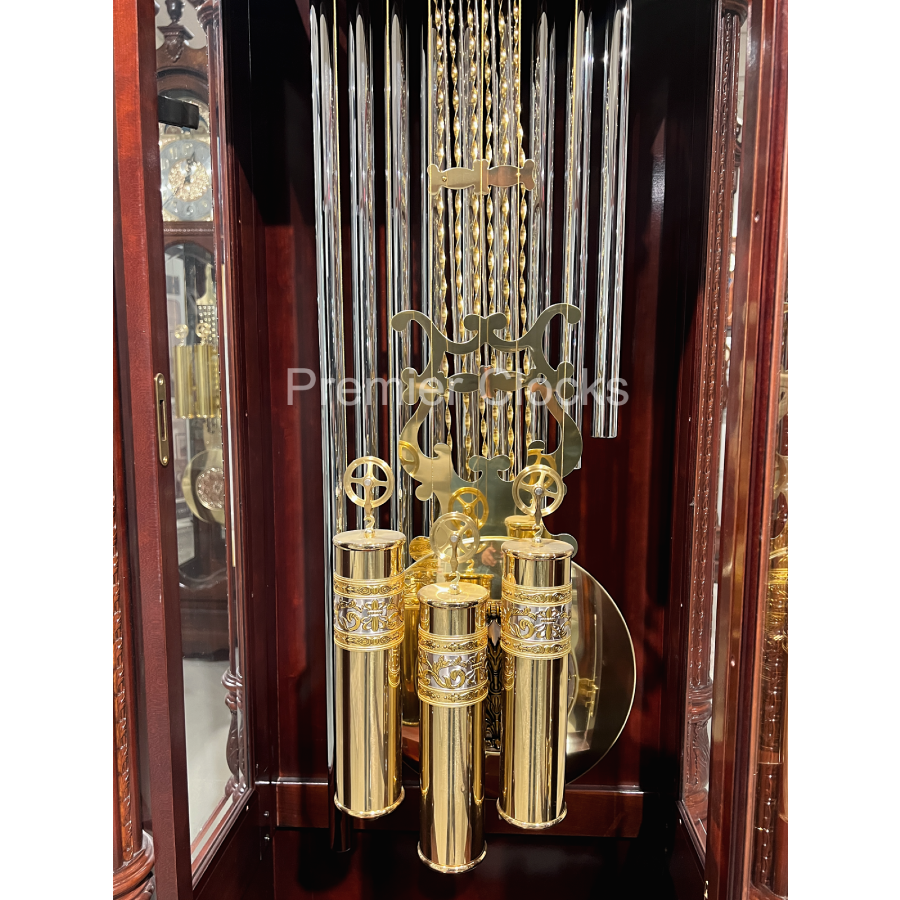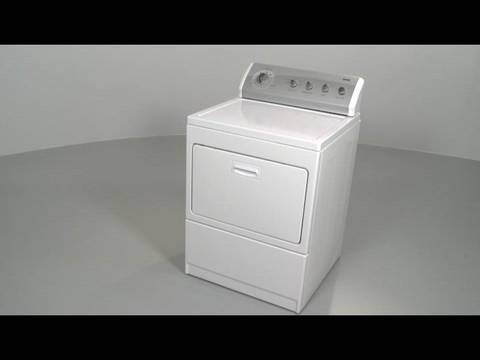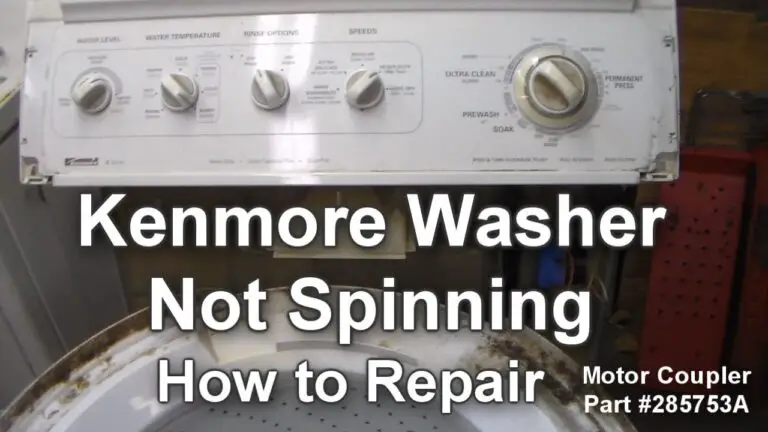Howard Miller Floor Clock Troubleshooting: Step-by-Step Guide
Howard Miller floor clocks are elegant timepieces. They add charm to any room.
But like any clock, they sometimes need fixing. If your Howard Miller floor clock isn’t working right, you might feel frustrated. Don’t worry; you’re not alone. Many people face issues with these clocks. Sometimes, the clock won’t chime. Other times, it may not keep time.
Knowing how to troubleshoot can save you time and money. This guide will help you understand common problems. You’ll learn simple steps to fix them. Whether it’s a stuck pendulum or a silent chime, we’ve got you covered. Read on to keep your clock ticking perfectly.

Credit: howardmiller.com
Tools Needed
Having the right tools is essential for troubleshooting your Howard Miller floor clock. Whether you are addressing basic or complex issues, the right tools will make the process smoother and more efficient. Below is a breakdown of the basic tools and specialized tools you may need.
Basic Tools
Even for simple tasks, having a set of basic tools is crucial. Here are some must-haves:
- Screwdrivers: Both Phillips and flat-head screwdrivers for removing or tightening screws.
- Needle-nose pliers: Useful for gripping small parts and wires.
- Soft cloth: To clean and polish the clock without damaging it.
- Lubricant: For oiling moving parts to ensure smooth operation.
- Level: Ensures that your clock is perfectly balanced.
Specialized Tools
For more complex troubleshooting, specialized tools are needed. These tools can help diagnose and fix specific issues.
| Tool | Purpose |
|---|---|
| Clock Key | Used for winding the clock. |
| Clock Oil Kit | Specifically designed for clock mechanisms to reduce wear and tear. |
| Spring Winder | Helps in winding and unwinding the mainspring safely. |
| Regulating Pliers | Adjusts the pendulum for accurate timekeeping. |
| Clock Tester | Measures the accuracy and performance of the clock. |
Using the right tools not only makes troubleshooting easier but also ensures that your Howard Miller floor clock remains in excellent condition.

Credit: www.premierclocks.com
Identifying The Problem
Howard Miller floor clocks are beautiful and timeless. But, they can sometimes have issues. To fix these problems, you must identify them first. This section will help you understand common issues. We will focus on sound and mechanical problems.
Sound Issues
Sound problems can be frustrating. If your clock is not chiming, check the volume control. Make sure it is not muted. Sometimes, the clock’s chime may be off. Ensure the clock is level. An uneven surface can affect the sound. Also, check the chime rods. They should be free of dust and not touching each other.
Mechanical Issues
Mechanical problems may stop your clock. If the clock hands do not move, check the weights. They should be properly hung. Sometimes, the clock’s pendulum stops swinging. This can be due to uneven placement. Make sure the clock is on a stable surface. Also, inspect the gears inside. They should be clean and well-oiled.
Troubleshooting Chimes
Howard Miller floor clocks are timeless pieces. Their chimes are often their most charming feature. Sometimes, these chimes can encounter issues. This troubleshooting guide can help you fix common problems with your floor clock’s chimes.
Chimes Not Working
First, check the power source. Ensure the clock is plugged in. If it runs on batteries, replace them. Look at the volume control and make sure it’s not set to zero. Also, see if the chime switch is in the correct position. Sometimes, the chime mechanism can be turned off accidentally.
Another common issue is the clock being out of beat. This means the pendulum is not swinging evenly. Adjust the pendulum until it ticks evenly. If the chimes still do not work, the clock may need professional service. Internal parts might be worn out or need lubrication.
Chimes Out Of Sync
Chimes can fall out of sync for several reasons. First, set the time to the nearest hour. Then, move the minute hand up to the hour mark. Allow the chimes to complete before moving the hand again. Repeat this until the chimes and time match.
Sometimes, the chime rods can be loose. Check if they are secure and tighten them if needed. Also, inspect the hammer position. It should strike the chime rods correctly. Adjust if necessary. If the problem continues, the clock might need professional adjustment.
Addressing Timekeeping Problems
Howard Miller floor clocks are elegant timepieces. Sometimes, they may have timekeeping problems. Addressing these issues can seem daunting. But with a few simple steps, you can often resolve them. Let’s explore common timekeeping problems and their solutions.
Clock Running Fast
A clock running fast can be frustrating. First, check the pendulum. It may be swinging too quickly. To slow it down, lengthen the pendulum. Adjust the small nut at the bottom. Turn it to the left. This will lower the pendulum, slowing the clock. Check the clock after 24 hours. If it’s still running fast, repeat the adjustment.
Another cause could be the clock mechanism. Dust or dirt can affect its speed. Clean the clock carefully. Use a soft brush and gentle air blower. Avoid using water or harsh chemicals. If the problem persists, consider a professional cleaning.
Clock Running Slow
If your clock is running slow, check the pendulum again. It may be swinging too slowly. To speed it up, shorten the pendulum. Adjust the small nut at the bottom. Turn it to the right. This will raise the pendulum, speeding the clock. Monitor the clock for 24 hours. If it’s still slow, repeat the adjustment.
The clock mechanism can also cause slowness. Lubrication might be needed. Apply clock oil to the moving parts. Use a small amount. Too much oil can damage the clock. If the clock continues to run slow, seek professional help. A clockmaker can diagnose and fix deeper issues.
Pendulum And Weight Issues
Howard Miller floor clocks are known for their elegance and precision. Yet, even the best clocks can face issues. Pendulum and weight problems are common. These issues can affect the clock’s accuracy. This guide will help you troubleshoot these problems.
Pendulum Stops
A stopping pendulum can be frustrating. First, ensure the clock is level. Use a spirit level to check. Adjust the feet until the clock is stable. Next, check for any obstructions. Remove any objects that might block the pendulum.
Another reason could be the pendulum bob. Ensure it is securely fastened. If it is loose, the clock will stop. Also, oil the pivot points regularly. This ensures smooth movement. Use clock oil for this purpose.
Lastly, inspect the pendulum leader. It should connect with the suspension spring. If it’s misaligned, adjust it carefully.
Weights Not Descending
If the weights are not descending, the clock will not work. First, check the chains or cables. Ensure they are not tangled or stuck. Straighten any kinks to allow free movement.
Next, inspect the weight hooks. They should hold the weights securely. If a hook is bent or damaged, replace it. Also, make sure the weights are in the correct order. They are often labeled for left, center, and right.
Sometimes, the problem is with the ratchet mechanism. This is inside the clock. It should allow the weights to descend smoothly. If it’s jammed, you may need professional help.
Here is a quick checklist to troubleshoot weights not descending:
- Check chains or cables for tangles.
- Inspect weight hooks.
- Ensure weights are in correct order.
- Check the ratchet mechanism.
If you follow these steps, your clock should work smoothly again. Regular maintenance is key to avoiding these issues.
Cleaning And Lubrication
Keeping your Howard Miller floor clock in top condition requires regular maintenance. Cleaning and lubrication are crucial aspects to ensure its longevity and smooth operation. This section will guide you through the essential steps for both cleaning and lubricating your clock.
Cleaning Instructions
Dust can accumulate on your clock, affecting its performance. Start by removing any dust from the exterior using a soft, dry cloth. For intricate details, use a small, soft brush.
Clean the glass panels with a non-ammonia-based glass cleaner. Spray the cleaner on a cloth, not directly on the glass. This prevents moisture from entering the clock.
Avoid using harsh chemicals or abrasive materials. These can damage the finish. If the clock has brass components, use a brass cleaner. Make sure to follow the manufacturer’s instructions.
Lubrication Tips
Lubricating the moving parts of your clock is essential. Use clock oil specifically designed for this purpose. Apply a small amount to the pivot points and gears.
Be cautious not to over-lubricate. Excess oil can attract dust and dirt. This can lead to more wear and tear.
Check the manufacturer’s manual for lubrication points. Each clock model may have specific requirements. Regular lubrication ensures the clock runs smoothly and accurately.
Professional Help
Professional help is essential for Howard Miller floor clock troubleshooting. Experts can diagnose and fix issues quickly, ensuring your clock works perfectly.
Troubleshooting a Howard Miller floor clock can be complex. Sometimes, professional help is necessary. This guide will help you understand when to call a professional and how to find one.When To Seek Help
Some issues need expert attention. If your clock stops working after troubleshooting, seek help. This includes broken parts, internal damage, or if the clock is very old. Also, if the clock has valuable sentimental value or is an antique, don’t risk DIY fixes.Finding A Professional
Finding the right professional is crucial. Look for certified clock repair specialists. Check reviews and ask for recommendations. Many professionals list their services online. Ensure they have experience with Howard Miller clocks. Contact them and ask about their process and fees. Always choose someone with proven expertise. “`Preventive Maintenance
Preventive maintenance is key to keeping your Howard Miller floor clock in excellent condition. Regular care helps avoid common issues and ensures the clock works smoothly for years. By following some simple steps, you can keep your timepiece running well and looking beautiful.
Regular Inspections
Perform regular inspections of your floor clock. Check the clock hands and pendulum for dust and dirt. Dust can cause the clock to run poorly. Clean these parts gently with a soft cloth. Look at the clock’s base and legs. Ensure they are stable and secure. A wobbly clock can lead to damage over time.
Listen to the clock’s chimes. They should sound clear and pleasant. If the sound changes, it may need professional servicing. Also, check the clock’s movement. Ensure all parts move smoothly and correctly. Regular inspections help identify issues early, saving you time and money.
Proper Storage
Proper storage is crucial for your clock’s longevity. Keep it away from direct sunlight. Sunlight can fade the clock’s finish and damage its delicate parts. Avoid placing the clock in damp or humid areas. Moisture can cause rust and other damage.
Store the clock in a stable environment. Avoid places with extreme temperature changes. Extreme cold or heat can affect the clock’s mechanisms. Place the clock on a flat surface. An uneven surface can cause the clock to run incorrectly. Proper storage ensures your clock remains in top condition.

Credit: frankenmuthclock.com
Frequently Asked Questions
How Do I Reset My Howard Miller Floor Clock?
To reset, move the minute hand to the nearest hour. Listen for the chime.
Why Is My Howard Miller Clock Not Chiming?
Check if the chime lever is in the “chime” position. Ensure the weights are properly hung.
What Should I Do If My Clock Runs Slow?
Adjust the pendulum disk up to speed it up. Move it down to slow it.
Why Does My Howard Miller Clock Stop Working?
Ensure it is level. Check if the weights and pendulum are correctly attached.
How Often Should I Wind My Howard Miller Floor Clock?
Wind it once a week. Use the key or crank provided to wind the weights.
Conclusion
Maintaining your Howard Miller floor clock can be simple with these tips. Regular checks and cleaning prevent most issues. Always follow the manual for specific guidance. If problems persist, consult a professional. Keeping your clock in good shape ensures it remains a beautiful centerpiece.
Troubleshooting your clock doesn’t have to be difficult. A little attention goes a long way. Enjoy the timeless charm your clock brings. Happy ticking!





